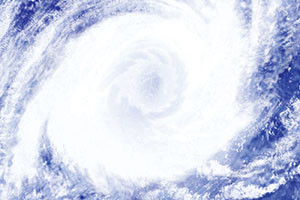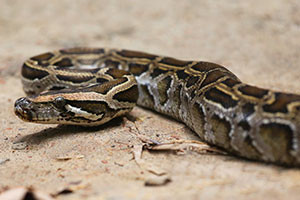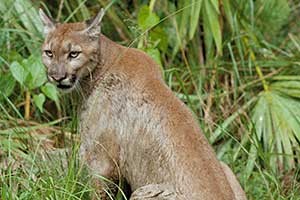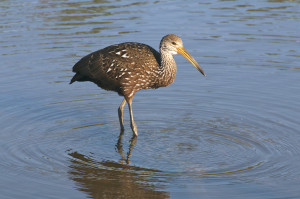 At certain times of the year, the Everglades can look like a scene out of Alfred Hitchock’s The Birds. Thousands of birds flock down to this warm climate to spend the winter and breed. For this article, we wanted to spotlight one species of bird that can be found in the Everglades: the Limpkin. This bird can actually be found in the Everglades year-round.
At certain times of the year, the Everglades can look like a scene out of Alfred Hitchock’s The Birds. Thousands of birds flock down to this warm climate to spend the winter and breed. For this article, we wanted to spotlight one species of bird that can be found in the Everglades: the Limpkin. This bird can actually be found in the Everglades year-round.
Limpkins are notoriously known to be noisy. In fact, you may have a better chance of hearing a limpkin than seeing one. Limpkins begin to make sounds at dusk and continue all through the night until dawn. Their cries aren’t sweet, usually they are loud screams, which are unmistakable.
This bird is related to rails and cranes. It’s a brown bird with white spots and streaks along its body. They have long necks, legs, and bills. Their long bills help them easily remove apple snails from their shells; apple snails are the main food source of the limpkin. Their bills, when closed, have a gap at the end that acts like tweezers. You can usually find the limpkin around areas where apple snails are abundant, but if apple snails are not easily found, the limpkin will eat other types of snails, freshwater mussels, insects, frogs, crustaceans, lizards, and worms.
You can find limpkins mainly around shallow bodies of water; they are a slow-moving bird with a high-stepping gait. The “limp” in limpkin comes from this gait that often gives off the appearance that the bird is limping even though it is not.
Limpkins stick with their own kind and do not mix in with other wading birds.
While nesting in the Everglades or other parts of Florida, they build their nests on top of floating vegetation, as well as high tree limbs. They can lay 3 to 8 eggs at a time. Florida is actually as far north as this bird goes. Limpkins can be found throughout the Caribbean, Central America, and South America.
Limpkins range from 25-28 inches in height with a wingspan of 39 to 42 inches in width.
Limpkins are not endangered or under watch, but at one point, their numbers were dwindling in Florida due to human development.
Want to have the chance to see (but most likely hear) this bird up close? Come out on an airboat tour to glide around the limpkin’s habitat. Captain Mitch’s Airboat Tours are a great way to explore all the ins and outs of this wetland. To book an airboat tour, click here or call 800-368-0065.
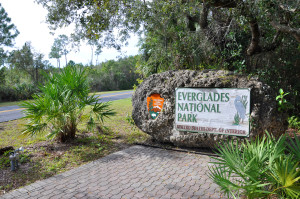 The Everglades is a living, breathing ecosystem, and as you may remember from previous blog posts or news stories, there is restoration work and improvements always happening in this wetland to make the park a better place while returning it back to its natural state.
The Everglades is a living, breathing ecosystem, and as you may remember from previous blog posts or news stories, there is restoration work and improvements always happening in this wetland to make the park a better place while returning it back to its natural state. One of the most overlooked aspects of Mother Nature can be found right overhead. Look, up there in the sky!
One of the most overlooked aspects of Mother Nature can be found right overhead. Look, up there in the sky!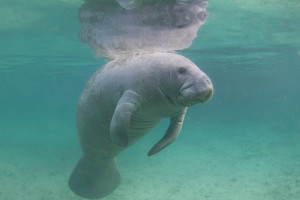 The Everglades is an amazing and pristine ecosystem that is a unique biome that is home to a huge wealth of different flora and fauna. For nature lovers, outdoor enthusiasts, and adventure seekers alike, the Everglades is a one-of-a-kind place that is unmatched. A lot of people, when planning a vacation to the Everglades, choose to experience Everglades National Park, which is a protected area of the Everglades where plants, animals, birds, and fish are protected and conserved.
The Everglades is an amazing and pristine ecosystem that is a unique biome that is home to a huge wealth of different flora and fauna. For nature lovers, outdoor enthusiasts, and adventure seekers alike, the Everglades is a one-of-a-kind place that is unmatched. A lot of people, when planning a vacation to the Everglades, choose to experience Everglades National Park, which is a protected area of the Everglades where plants, animals, birds, and fish are protected and conserved.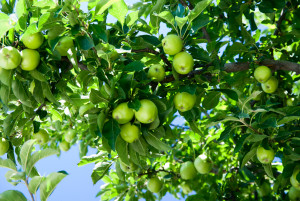 The Everglades is home to an array of plants that thrive in the wet, subtropical climate. Although mangroves and grasses come to many people’s minds when thinking about plant life in the Everglades, we’d like to profile a plant that many people might not know about that is native to the area: the pond apple.
The Everglades is home to an array of plants that thrive in the wet, subtropical climate. Although mangroves and grasses come to many people’s minds when thinking about plant life in the Everglades, we’d like to profile a plant that many people might not know about that is native to the area: the pond apple.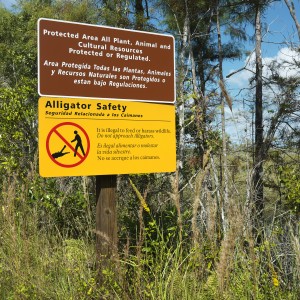 The Everglades is a beautiful, vast place that happens to be a National Park for people to experience in many different ways, year round. The “River of Grass” is full of all sorts of plant life, animal life, and landscapes; it also experiences lots of different weather. Being a park in nature, there’s a lot of unpredictable things that can happen, like bad weather, flooding, area restrictions, etc. When visiting the Everglades, it’s best to familiarize yourself with some of the park’s safety precautions and rules, so you can get the most out of your visit. Whether you’re taking an airboat tour, walking a trail, or going on a picnic, you should keep safety in mind.
The Everglades is a beautiful, vast place that happens to be a National Park for people to experience in many different ways, year round. The “River of Grass” is full of all sorts of plant life, animal life, and landscapes; it also experiences lots of different weather. Being a park in nature, there’s a lot of unpredictable things that can happen, like bad weather, flooding, area restrictions, etc. When visiting the Everglades, it’s best to familiarize yourself with some of the park’s safety precautions and rules, so you can get the most out of your visit. Whether you’re taking an airboat tour, walking a trail, or going on a picnic, you should keep safety in mind.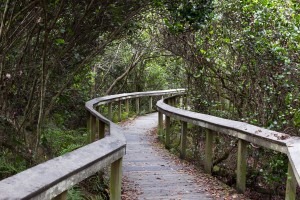 The Everglades is a beautifully mysterious place to visit. So, why not experience it up-close-and-personal? The Everglades National Park allows visitors to explore their surroundings with several hiking and bike trails winding throughout the wetlands.
The Everglades is a beautifully mysterious place to visit. So, why not experience it up-close-and-personal? The Everglades National Park allows visitors to explore their surroundings with several hiking and bike trails winding throughout the wetlands.